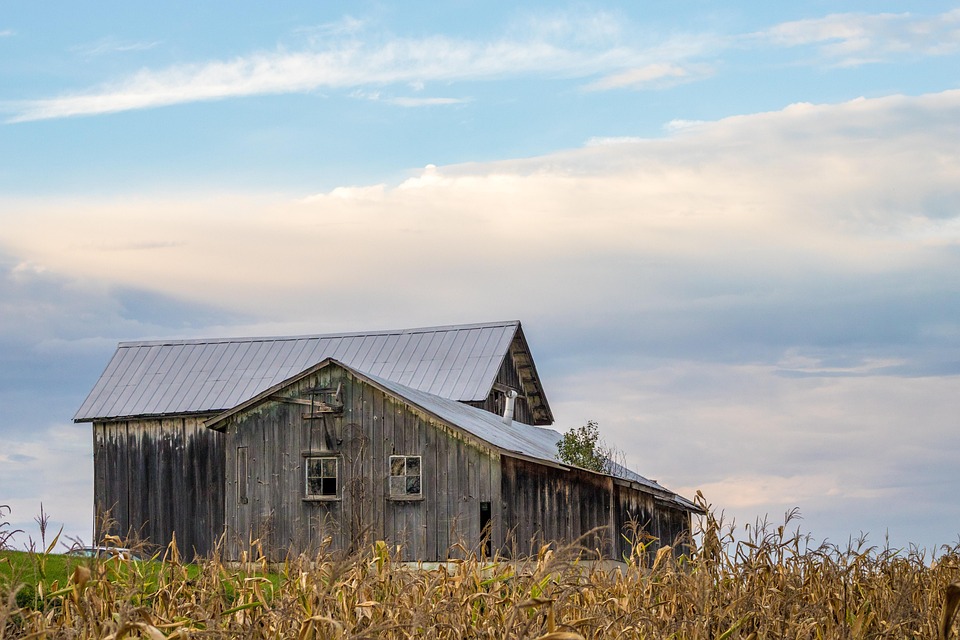# From Farm to Table: The Environmental Benefits of Sustainable Agriculture
Nothing beats the intoxicating aroma of freshly tilled soil mixed with the sweet scent of sun-ripened tomatoes. For years, I’ve had the joy of cultivating my own vegetables, fruits, and herbs, watching them flourish under the kiss of the sun and the gentle embrace of nourishing rain. There’s something profoundly rewarding about reaching for a vine-ripened cucumber and knowing it came from your own backyard, free from chemical additives and pollutants. The journey from farm to table is not just about filling our plates; it’s interwoven with a fabric of environmental benefits that echoes through ecosystems, economies, and communities. Let’s explore how sustainable agriculture empowers us to foster a healthier planet.
## Understanding Sustainable Agriculture
First, let’s demystify sustainable agriculture. At its core, sustainable farming practices revolve around cultivating crops and raising livestock in a way that is ecologically sound, economically viable, and socially responsible. Unlike conventional agriculture, which often relies on synthetic pesticides, herbicides, and monoculture methods that can deplete soil nutrients, sustainable agriculture embraces biodiversity and natural ecosystems to promote long-term yields.
1. **Biodiversity Boost:** Sustainable farms foster a variety of plants and animals. This biodiversity is vital for creating resilient ecosystems, which can better withstand pests, diseases, and climate fluctuations. Planting diverse crops can also mitigate the impacts of soil erosion and maintain soil fertility.
2. **Water Conservation:** Sustainable practices prioritize the smart use of water. Techniques such as drip irrigation, rainwater harvesting, and the use of cover crops help minimize water wastage, ensuring that every precious drop counts. This is especially crucial in light of escalating drought situations across the globe.
3. **Soil Health:** Healthy soil is the backbone of sustainable agriculture. Regenerative practices like crop rotation, cover cropping, and composting boost soil microorganisms and nutrient content, preserving its vibrancy for future generations. Healthy soil not only produces better yields but also reduces the need for chemical fertilizers.
4. **Carbon Sequestration:** One of the most exciting aspects of sustainable agriculture is its potential to combat climate change. By employing methods that enhance soil health, farmers can lock carbon dioxide into the ground, effectively reducing the greenhouse gases that are contributing to global warming.
## The Farm-to-Table Cycle
The journey of food from farm to table is a joyful odyssey filled with care, attention, and love. Here’s how sustainable agriculture nourishes this cycle:
1. **Local and Fresh:** Sustainable farms often sell their produce directly to consumers, minimizing transportation emissions and ensuring that you enjoy the freshest possible ingredients. Farmer’s markets are a hallmark of local food systems, providing communities with access to seasonal fruits and vegetables.
2. **Seasonal Eating:** Embracing sustainably grown food encourages seasonal eating, which aligns our diets with nature’s rhythm. Supports local farmers, and it allows us to enjoy produce at its peak nutritional value, maximizing taste and health benefits.
3. **Community Connection:** Buying directly from local farms cultivates social bonds within communities. Conversations with farmers reveal their sustainable practices and challenges, deepening our understanding of where our food comes from.
## Environmental Benefits Galore
The environmental perks of sustainable agriculture roll in like waves, lapping gently against the shores of ecological stability. Here’s where the ripples expand:
### 1. Pesticide Reduction
Many sustainable farmers use organic practices, significantly reducing the reliance on harmful chemicals that can contaminate water supplies and ecosystems. Natural pest management techniques, like introducing beneficial insects and companion planting, promote a healthy balance in the ecosystem.
### 2. Ecosystem Restoration
Many sustainable farms focus on restoring and preserving local ecosystems. By employing agroforestry or permaculture principles, these farms act as sanctuaries for native plants and wildlife, nurturing biodiversity and enhancing natural habitats.
### 3. Climate Resilience
Sustainable practices help farmers adapt to climate change by improving soil structure, water retention, and biodiversity. Healthier ecosystems can better withstand environmental stresses, providing a buffer against extreme weather events.
### 4. Waste Reduction
Sustainable farming promotes a circular economy by transforming waste products into valuable resources through composting and recycling. Crop residues can nourish the soil for future plants, while waste from livestock can be used to fertilize crops, minimizing overall waste.
## Pro Tips for Embracing Sustainable Practices at Home
### 1. Start Small
If you’re new to gardening, don’t feel pressured to cultivate an entire farm. Start with herbs or a few vegetable plants in pots to get your feet wet. Herbs like basil and mint thrive in small spaces and are incredibly rewarding!
### 2. Practice Crop Rotation
For seasoned gardeners, crop rotation is essential. By alternating the types of crops you plant in your garden beds, you can prevent soil depletion and reduce pest infestations surrounding plants.
### 3. Composting is Key
Embrace the art of composting! Food scraps, yard waste, and coffee grounds can turn into gold for your garden. A healthy compost pile can enrich your soil while reducing landfill waste.
### 4. Join a Community Garden
Community gardens are a fantastic way to connect with like-minded individuals while cultivating fresh produce. They offer support, shared resources, and the joy of communal gardening.
## Conclusion: A Call to Action
Sustainable agriculture is more than just a trend; it’s a movement towards fostering a healthy planet for generations to come. Each choice we make—from the food we buy to our gardening practices—contributes to a collective effort toward environmental stewardship. The produce we harvest not only nourishes our bodies but also strengthens the bonds within our communities, reminding us of our interconnectedness.
So, step outside and dig your hands into the soil. Whether you cultivate a garden or tend to a local farm, every little bit counts. Together, we can make a robust impact, turning our tables into vibrant feasts of sustainability and health. From farm to table, let’s enjoy the journey to a greener world!



